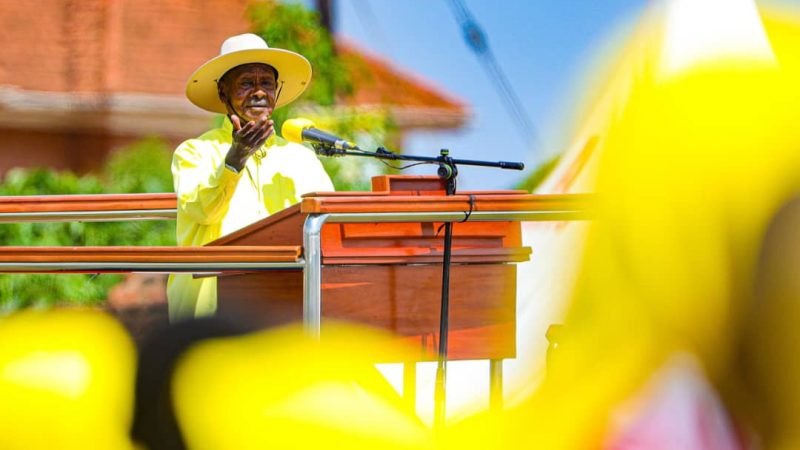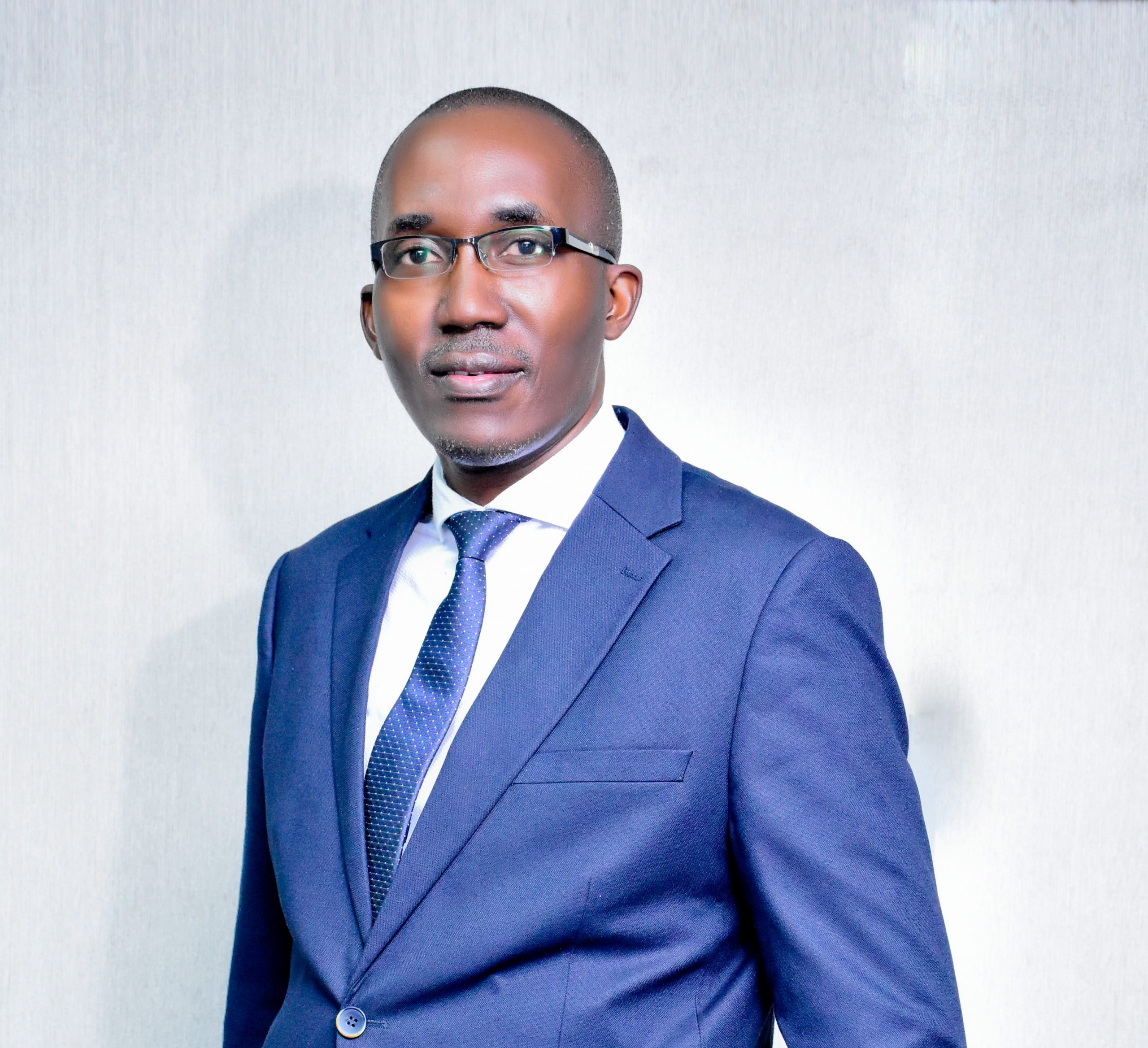By: Michael Jjingo
In the recent past, several Ugandan commercial banks are slowing down the opening of new branches. More than 75% of retail banking transactions are now digital. The bank branch growth is indeed “going south.” Brett King wrote, “And there’s no reason to assume we’ll see a resurgence of activity at the branch; the mobile app is the nail in the coffin.”
So, are we witnessing the death of brick-and-mortar retail banking? Will banking soon be done online or outside the bank premises? Well, rather than going the way of quick branch closures which may not be tenable in our market, leading banks are reinventing themselves with innovative lines of agent banking and digital (mobile and online) technologies, a combination we call “digital.”
As a matter of rethinking the apparent physical branch, bank’s products and services are often complicated. Security and trust are paramount! Our people like to deal with a banker in person for certain kinds of transactions, such as taking out a loan/mortgage or even just starting a banking relationship (Account opening). We note that over 75% of accounts opening is done within bank premises.
True, even with efficient digital alternatives, some leading retail banks are avoiding the branch-closing trend. In as much the retail banks are steadily opening physical service centers at key locations, they are also inventing ways within which customers can be served outside the bank premises through ATMs, MNO collaborations, Mega agents, Mobile banking, online banking etc.
Of course, banking customers do want all the convenience from digital solutions, such as electronic EFTs, RTGS, Instant bill payments and instant deposits via the mobile phone. Some banks are exploring voice-activated virtual assistants (Bots) for mobile devices with a “tap to talk” feature that connects customers to a call center and allows agents to see what the customer was doing just before he or she called. But, customers also expect a seamless mixing of digital and physical capabilities, so that every transaction in one channel shows up instantly everywhere else.
As the banks strive to innovate, they are keen to provide customers with this kind of fusion. Better to move with the current manual and physical capabilities to online to make banking more convenient. This certainly goes a long way in achieving the digitization of processes and seamless business.
We could consider creating “signature” experiences and new sources of value. Banks can focus on one or two key omnichannel experiences, such as buying a first car or a home, as a way of engaging young customers and setting the bank apart from the pack. This can be done through developing a mobile app that can search any house in the database for visual and written details. Others could be tasks execution , and e-commerce Apps.
In addition, a customer can only click to get advice and start the loan application online; the bank’s personal bankers will then book the required in-person appointments, which many people prefer to do in a branch. Then mobile payments capability, in the App, allows customers to manage their loan balances through any channel, including mobile, online and ATM. This is the convenience any customer would crave.
Several ideas are available! Hybrid branches (combining both digital and physical experiences), usage of branches as community spaces for financial education and events; advisory and wealth management centers, flexible workspaces (Remote and physical working), Virtual display and sensitization centers and Digital discovery zones. A video digital teller can be installed in a branch that is synced to the bank’s online platform. Customers using such tellers can transact routine business, which is 33% faster than the regular.
Others are: Streamlined layouts where the branch spaces are optimized after digitization, collaborating with fintechs and other organizations to drive innovations with the partners; Deploying experiential marketing in bank branches for bank products and services, self service kiosks and financial wellness centers.
Several learning can be drawn from the foregoing discussion. When we hear the buzz, “everything is going digital”, we need to appreciate that the majority of our people are not that digital savvy, and we need to ask ourselves what our customers really want. Chances are they’re going to be seeking products and services that combine digital advances with the time-tested advantages of physical interactions.
Physical banking is evolving rapidly but not disappearing. Branches may reduce in number, but they will be more useful and efficient, and banks without branches are likely to find themselves at a competitive disadvantage. Digital technologies will continue to affect the way we conduct our businesses. Some categories may be phased out, but banking shall sustain a hybrid solution.
The writer is the General Manger Commercial Banking at Centenary Bank








